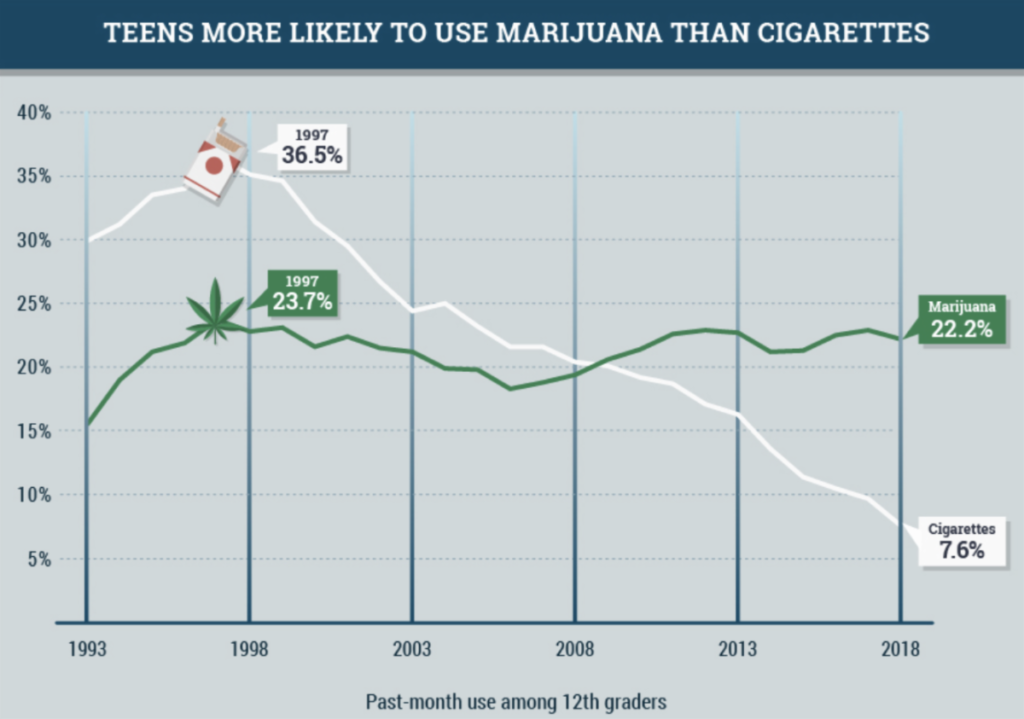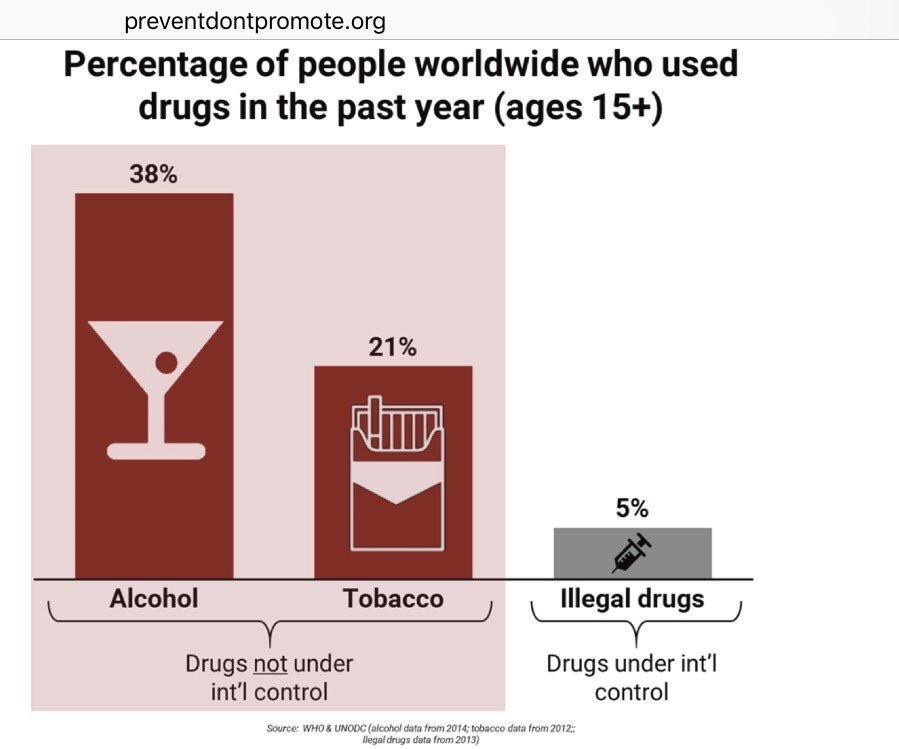TOBACCO:14%
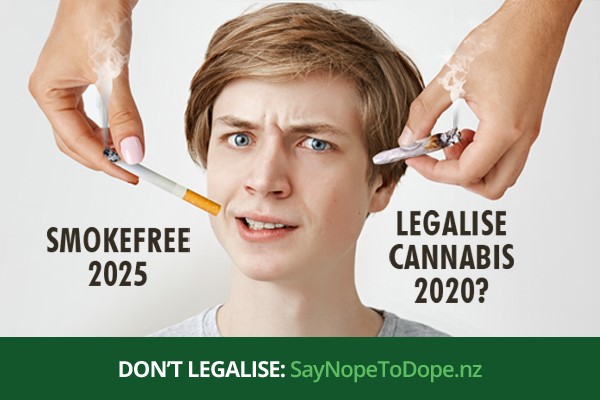 The great news is that smoking rates in New Zealand continue to reduce, with 14% of adults currently smoking (this has dropped from 25% in 1996/97). 34.0% of Māori adults were current smokers, down from 40.2% in 2011/12. Although 605,000 New Zealand adults still smoke, over 700,000 have given up smoking.
The great news is that smoking rates in New Zealand continue to reduce, with 14% of adults currently smoking (this has dropped from 25% in 1996/97). 34.0% of Māori adults were current smokers, down from 40.2% in 2011/12. Although 605,000 New Zealand adults still smoke, over 700,000 have given up smoking.
The number of Year 10 pupils who said they were regular or daily cigarette smokers has dropped from about 15 percent in 2001, to 1.9 per cent in 2018 –2018 ASH Year 10 Snapshot
Though smoking is down, around 5000 people die each year in New Zealand because of smoking or second-hand smoke exposure. That’s 13 people a day.
A report published the Ministry of Health in 2016 estimated that the total cost of smoking to New Zealand’s health and welfare systems was $2.5 billion in 2014. Tobacco excise tax currently raises approximately $1.5 billion gross per year.
“New Zealand only has seven years left to achieve the Smokefree 2025 goal.”
Helen Clark, patron of Action for Smokefree 2025 (ASH)
ALCOHOL: 20% problematic
New Zealand adults who had at least one occasion in the last 4 weeks where they drank 5 or more standard drinks for women and 6 or more standard drinks for men is just over 25%. One in five adults (20.0%) drank alcohol in a way that could harm themselves or others. And the number of adults who drink at all is up from 78.7 to 80.3 percent. A fifth are now classified as hazardous drinkers, slightly up on last year.
20% women who had been pregnant in the past 12 months reported that they had consumed alcohol while pregnant (Ministry of Health, 2015).
New data from Youth19 Rangatahi Smart Survey reveals that 22% of secondary school students reported binge drinking in the past month, and remains high compared with other countries.
MARIJUANA: 4-8%
Just 3.7% use cannabis on a weekly basis. 8% say they have used it at least once (even a puff or 2) in the past 30 days. 11.9% have used it in the last 12 months (Ministry of Health 2018) and the NZIER say that 42% of over-15 year olds have tried it once at some time in their life. A Horizon poll found 56% of Kiwis had tried cannabis, and 12 per cent were regular consumers. The Otago University study found 80% of Kiwis had tried cannabis by age 21, though the researchers only looked at people born in the 1970s. (this is the only one that drug advocates quote). Just 23% of high school students reported ever using marijuana in 2019, dropping from 38% in 2001.
UPDATE: As the legalisation of cannabis has increased, not surprisingly so too has the use. Past year use jumped from 12% to 15% in just one year. (590,000 15+) Maori are twice as likely as non-Maori to be using cannabis.
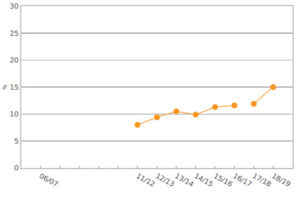
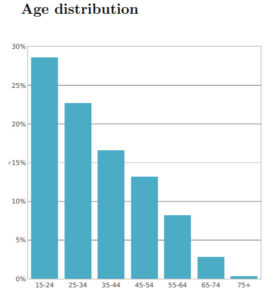
New data from Youth19 Rangatahi Smart Survey has confirmed that the illegal status of cannabis is keeping young people from experimenting with cannabis in the first place, that students progressing to ongoing and regular cannabis use is very low, but that legalising it would reverse these gains. While just 23% of students reported ever using marijuana – dropping from 38% in 2001 – only 4.1% were consuming it on a regular basis, much lower than in 2001 when it was 6.5%. The report says that most students do not use marijuana or other drugs. Maori use marijuana on a regular basis at a higher rate (8.5%) than Pakeha (3.3%) and Pacific use (3.6%). However, even Maori rates have dropped from a high figure of 13.9% in 2001. Asian youth use is low. In contrast, 22% reported binge drinking in the past month, and remains high compared with other countries.
ILLICIT DRUGS
One in six (16.6%) adults had used any drug for recreational purposes in the last 12 months, equating to 438,200 people.
The University of Otago longitudinal Christchurch Health and Development Study (CHDS), which has tracked more than 1000 people since their birth in Canterbury in 1977 showed 28% had tried meth once between the ages of 18-35, 11% used it monthly and 5% used it weekly. (2020)
The prevalence of having used drugs for recreational purposes in the last 12 months was highest for the following drugs:
- cannabis (14.6%) (2010)
- BZP party pills (5.6%)
- ecstasy (2.6%)
- amphetamines (2.1%)
- LSD and other synthetic hallucinogens (1.3%). (Ministry of Health 2010)
Illegality keeps prices high and use relatively low.
There is no adequate reason why government can persistently and successfully target smoking and not do likewise with drugs.
The end goal of the anti-smoking campaign is not ‘slow down’ or ‘moderate’ but ‘QUIT’, and a realistic understanding about the effort required to reach that end, with numerous strategies and support agencies assisting on the journey. And the numbers overwhelmingly suggest that it is working.
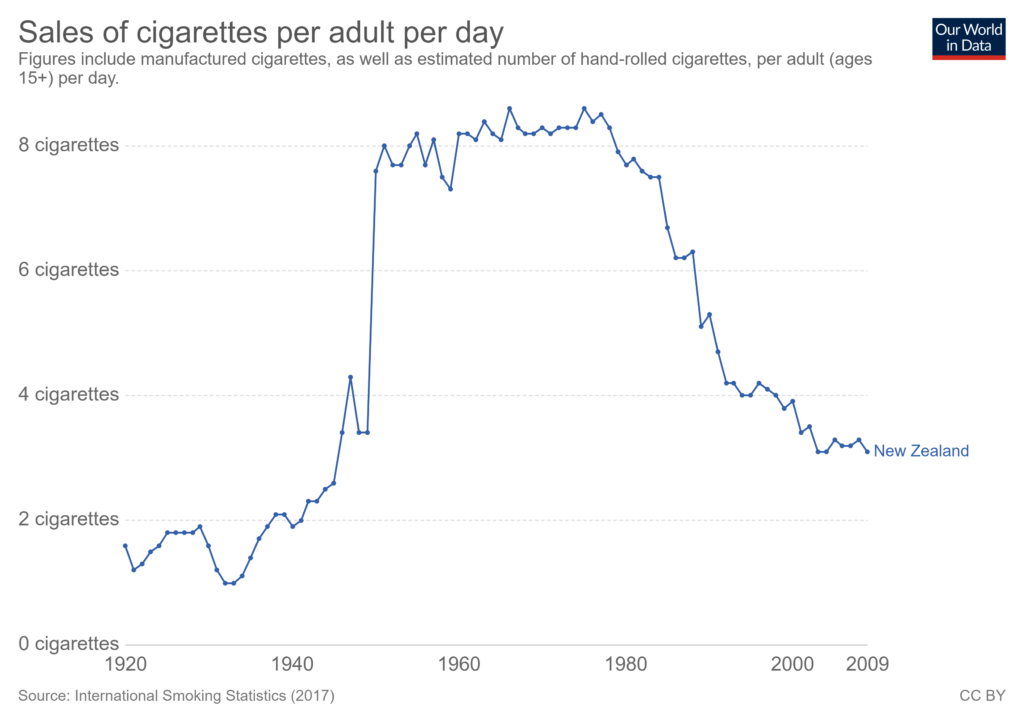
Source: http://www.pnlee.co.uk/ISS.htm
